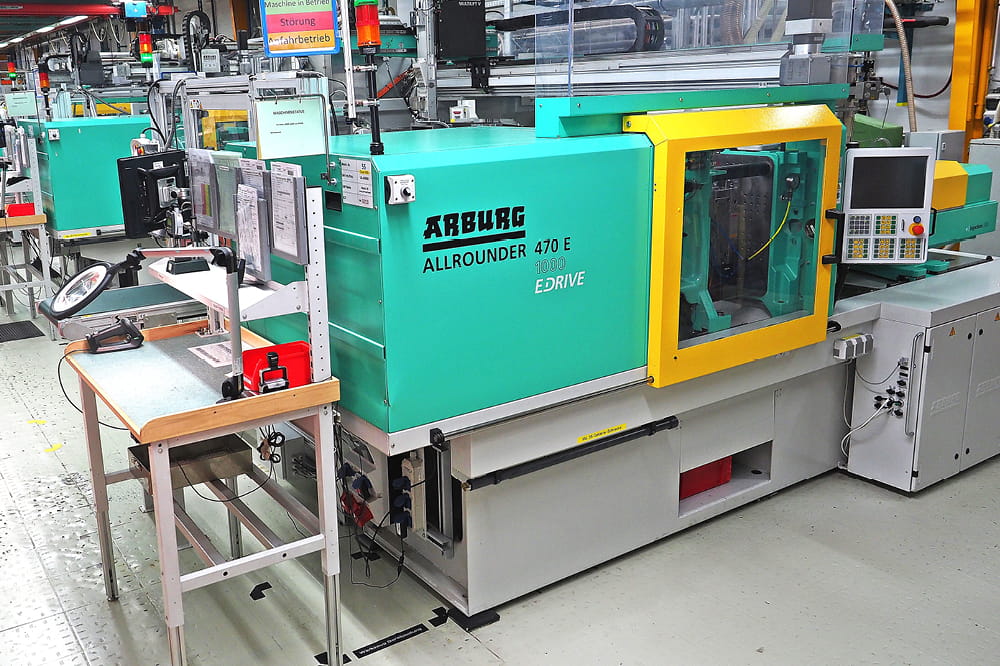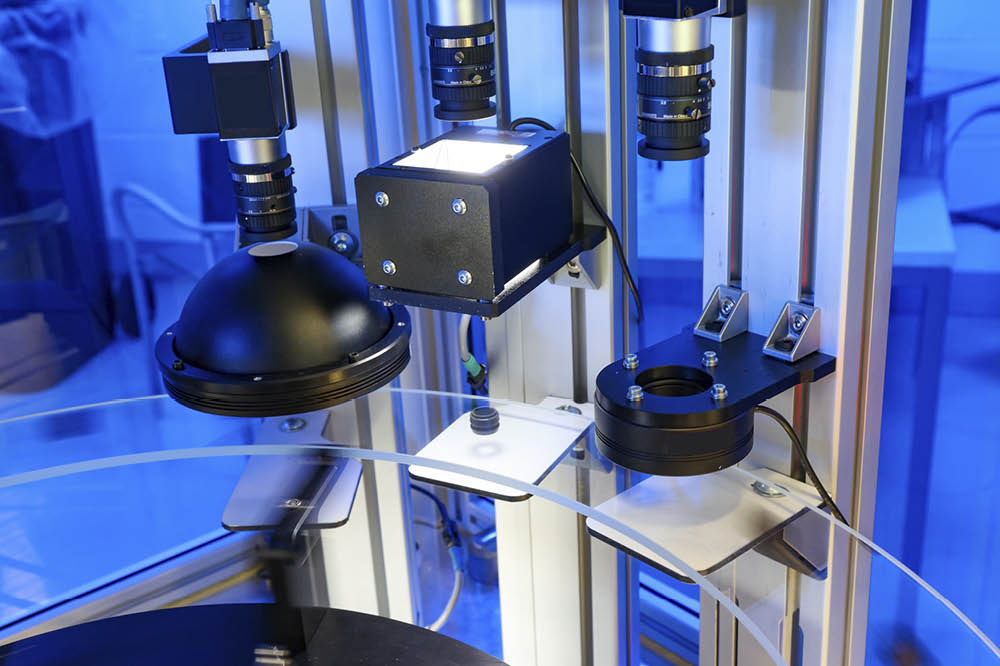Obtain news and background information about sealing technology, get in touch with innovative products – subscribe to the free e-mail newsletter.

When the Intruder Gets in through a Toaster…
The Internet of Things is promising consumers new levels of convenience and transparency, including centralized control of objects and information that can be retrieved at will. But it’s creating new hazards as well.
Even if we don’t yet have refrigerators that shop for food, the Internet of Things has been a feature of everyday life for a while. In smart homes, temperatures, music and coffeemakers can be centrally controlled. Cameras inside stuffed animals reassure parents that all is well in their children’s rooms, and toasters and vacuum cleaners can be managed with smartphones. No one really knows how many devices are capable of logging into the Internet of Things (IoT) today, but it could be as many as 50 billion by next year.

Stuffed Animals as Computers
The problem: Networking works in multiple directions. If a home computer has access to a toaster, the reverse is likely to be true as well: The toaster has access to the home computer. But many everyday IoT devices are inadequately protected from attacks by intruders. And there are plenty of reasons they might try to break in: to ferret out data and information, gain access to an app or a cloud, or assemble computers to mount a denial-of-service attack. And in the end, that’s precisely what IoT-linked toasters and stuffed animals with microchips are: computers.
Consumers are encouraged to check everyday objects for potential security risks, but they don’t consider these items to be computers. So the objects often don’t get the attention they deserve. Guidelines, measures to protect consumers and clear information are lacking. Still, Internet-capable devices are especially useful to manufacturers. They can collect data on how consumers use them and help the companies develop new products.
Consumers Must Take Action
This means that people interested in keeping intruders from reaching private domains through toasters or Bluetooth headphones are compelled to deal with the security aspects of their devices – whether they like it or not. As the technology advances, it will be hard to disregard the Internet of Things, at least not completely. Its importance will certainly continue to grow in the future.
The May edition of the magazine ESSENTIAL revolves around digitalization. Read more here to learn more about Internet security and what digitalization means to society and industry – and how we are thinking about it and addressing it at Freudenberg Sealing Technologies.
More Stories About Digitalization

Join Us!
Experience Freudenberg Sealing Technologies, its products and service offerings in text and videos, network with colleagues and stakeholders, and make valuable business contacts.
Connect on LinkedIn! open_in_new









